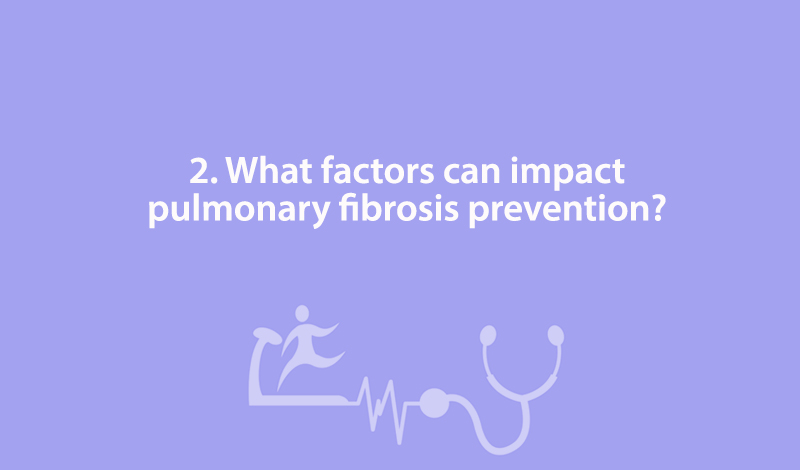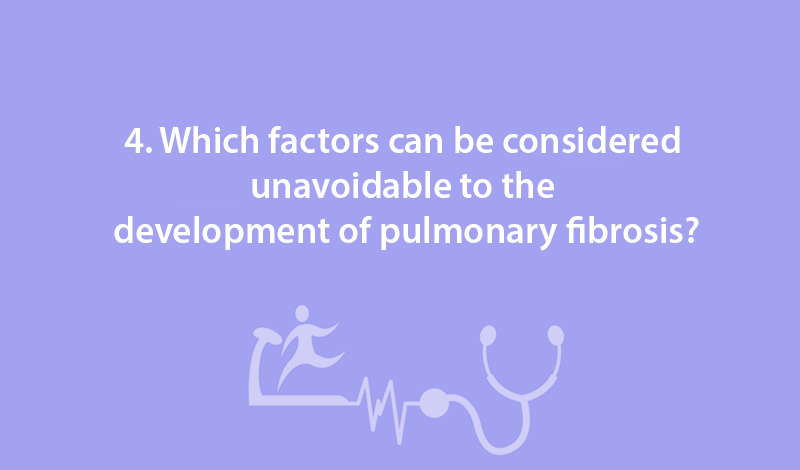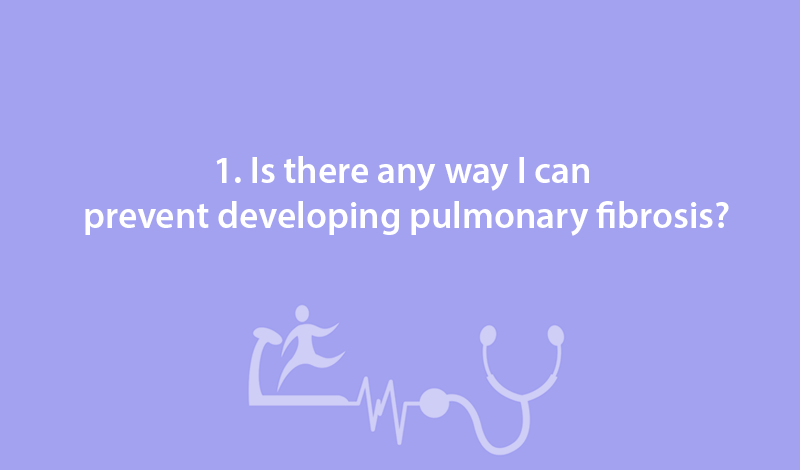4 Pulmonary Fibrosis Prevention Tips
Written by |

Pulmonary fibrosis (PF) is a respiratory disease that causes the lung tissue to become thick and stiff. Over time, it turns into scar tissue which is known as fibrosis. Because of the disease, the lungs lose their ability to properly function making it hard to transport oxygen into the bloodstream and causing several symptoms.
Here are some things you should know about pulmonary fibrosis prevention:
There are currently no established methods to prevent pulmonary fibrosis, particularly because in most cases the cause of the disease cannot be identified. The best way to prevent pulmonary fibrosis is to avoid potential risks and to undergo regular medical examinations.
Read more about 6 pulmonary fibrosis risk factors.

One of the most common and avoidable risk factors for IPF is smoking. If you smoke, stop not only to avoid pulmonary fibrosis but to avoid many other diseases also. In the case of people who work in contact with toxins and pollutants such as silica dust, asbestos fibers, grain dust, and bird and animal droppings, it is important to reduce exposure by using a mask and ensuring the regulations regarding these materials are being enforced.
Here are 7 possible risk factors for pulmonary fibrosis you should be aware of.

Age and genetics are also risk factors. In these cases, patients and physicians should be particularly attentive to regular diagnostic examinations. Patients who have family members with pulmonary fibrosis can undergo genetic tests. In the case of unavoidable factors, the only option is watchful waiting.
Wondering how pulmonary fibrosis is diagnosed? Here are 6 ways on how to achieve a diagnosis.

Some of the unavoidable factors can include viral infections, other illnesses, radiation therapy, and some medications. Certain chemotherapy drugs such as methotrexate (Trexall) and cyclophosphamide (Cytoxan); heart medications including amiodarone (Cordarone, Nexterone, Pacerone), and propranolol (Inderal, Innopran); or antibiotics such as nitrofurantoin (Macrobid, Macrodantin), and sulfasalazine (Azulfidine) can contribute to the onset of pulmonary fibrosis. Other illnesses including tuberculosis, pneumonia, systemic lupus erythematosus, gastroesophageal reflux disease (GERD), rheumatoid arthritis, sarcoidosis, and scleroderma can also cause pulmonary fibrosis.
Find out more about pulmonary fibrosis prevention here.
Pulmonary Fibrosis News is strictly a news and information website about the disease. It does not provide medical advice, diagnosis or treatment. This content is not intended to be a substitute for professional medical advice, diagnosis, or treatment. Always seek the advice of your physician or other qualified health provider with any questions you may have regarding a medical condition. Never disregard professional medical advice or delay in seeking it because of something you have read on this website.







